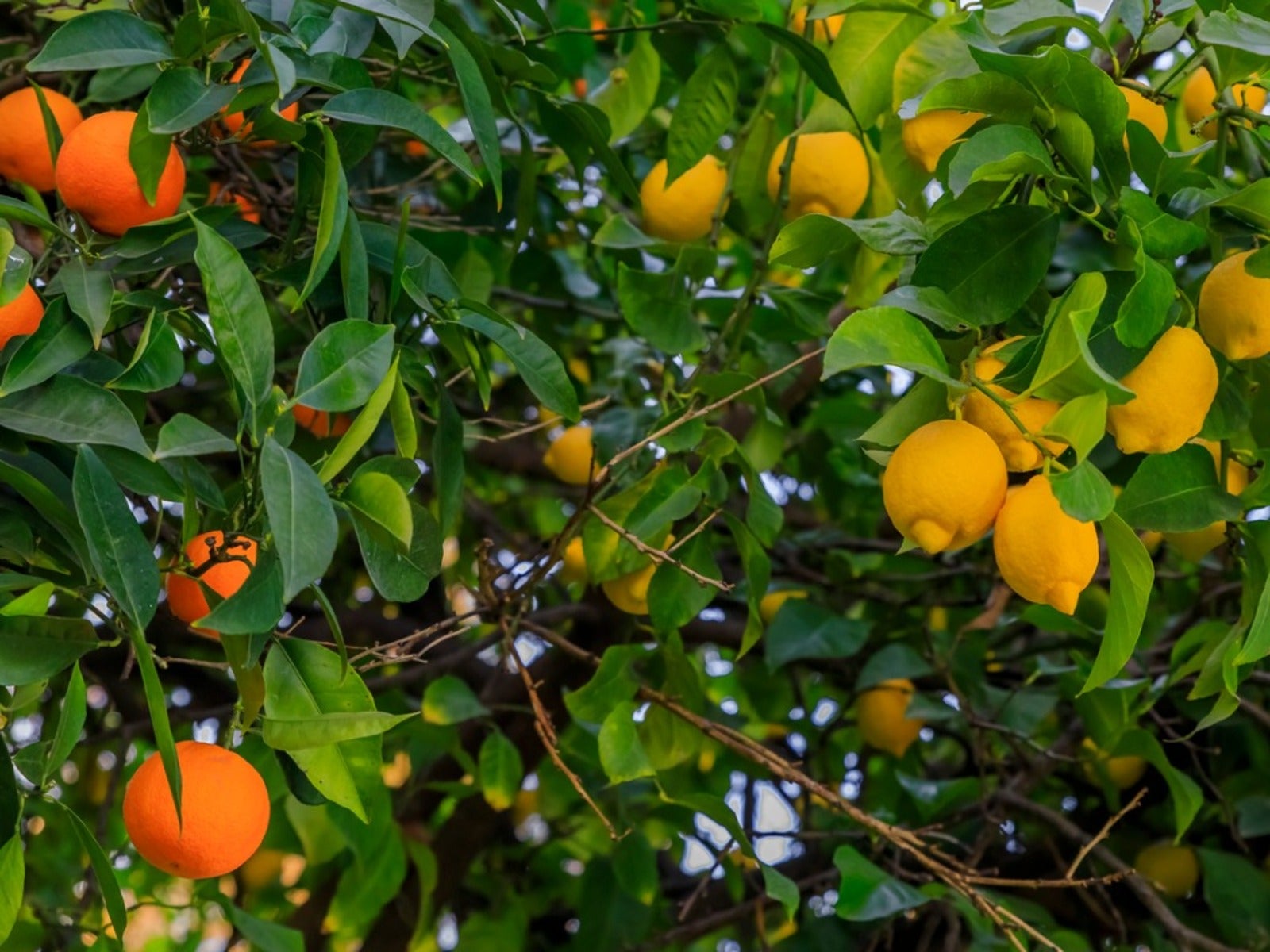Multiple Grafted Citrus Trees: Growing A Mixed Graft Fruit Tree


Fruit trees are great things to have in the landscape. There’s nothing quite like picking and eating fruit from your very own tree. It can be hard to choose just one. Not everyone has the space for several trees, or the time to care for them. Thanks to grafting, you can have as many fruits as you want, all on the same tree. Keep reading to learn more about growing a mixed graft citrus tree.
What is a Mixed Graft Citrus Tree?
Citrus trees with more than one fruit growing on them, often called fruit salad citrus trees, are a great choice for gardeners with big ambitions but little space.
Most commercial fruit trees are actually the product of grafting or budding – while the rootstock comes from one variety of tree, the branches and fruit come from another. This allows gardeners with a range of conditions (cold, tendency toward disease, dryness, etc.) to grow roots that are adapted to their climate and fruit from a tree that might not be.
While most trees are sold with a single type of tree grafted onto the rootstock, there’s no reason to stop there. Some nurseries sell multiple grafted citrus trees. If you feel comfortable experimenting with grafting and budding, you can also try to make your own fruit salad tree.
Growing a Mixed Graft Fruit Tree
As a rule, only fruits within the same botanical family can be grafted onto the same rootstock. This means that while any citrus can be grafted together, the sort of rootstock that supports citrus will not support stone fruits. So, while you can have lemons, limes, or grapefruits on the same tree, you won’t be able to have peaches.
When growing a mixed graft fruit tree, it’s important to keep track of the size and health of the branches and possibly to prune more than usual. If one branch of fruit gets too big, it can draw too many nutrients away from the other branches, causing them to languish. Try to keep your different varieties pruned to roughly the same size in order to divide resources equally.
Sign up for the Gardening Know How newsletter today and receive a free copy of our e-book "How to Grow Delicious Tomatoes".

The only child of a horticulturist and an English teacher, Liz Baessler was destined to become a gardening editor. She has been with Gardening Know how since 2015, and a Senior Editor since 2020. She holds a BA in English from Brandeis University and an MA in English from the University of Geneva, Switzerland. After years of gardening in containers and community garden plots, she finally has a backyard of her own, which she is systematically filling with vegetables and flowers.